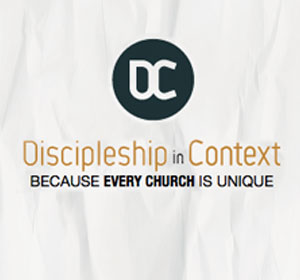
The 5 C’s of Social Media Dominance – Part 1
Lately I’ve been spending a lot of time helping leaders navigate the waters of social media.
I don’t consider myself an expert, especially since I haven’t put in the 10,000 hours of expertise yet that folks like Malcolm Gladwell talk about. I still end sentences with prepositions for instance.
But I have been swimming for a few years, and I’ve learned a few things. Lots of them by failing, some of them by floating into the right wave at the right time, a few of them on purpose.
So this week, as I work on creating the most intensive guide to social media I’ve ever built for the upcoming Quitter Conference, I thought I would share the 50,000 foot view.
There are only 5 words you have to understand in order to dominate social media. Here’s the first one, with the next four coming in the days to follow:
1. Content
If you had a nickel for every time someone told you that “content is king” you could have been the one who purchased Instagram.
This word has been bandied about so often on the Internet that it’s become a cliché, which is a shame, because content still runs social media like Jay-Z runs New York.
So what is content? Let’s demystify it.
Imagine you owned a store. You were having a grand opening. You spent hours and hours promoting your big day. You spent thousands of dollars inviting people to the ribbon cutting, doing everything you could to drive traffic to your location.
The day arrived, the parking lot was slammed full of people and it was a wild success …and then you opened the doors. And all the shelves were empty. In the excitement of promoting your store, you forgot to stock it. You’ve got an immaculate layout. The store isn’t just a store, it’s an “experience.” The design is unbelievable … but it doesn’t matter. People were expecting products. And as soon as they took a look behind the curtain, so to speak, and realized the store was empty, they left and never came back.
Content = Products.
That’s not just true for businesses, but that’s true for bloggers too. Even if you never want to sell a single thing via social media, if you want to build a community, you have to have a foundation to build it on. And that foundation is the content.
If you start with the promotion, the building will be well known and well ignored.
If you start with the design, the building will be beautiful and empty.
If you start with the community, the building will be temporarily crowded but eventually abandoned.
Content is king.
Content is currency.
Content is critical.
In the old school, “Who? What? When? Where? Why?” model of journalism, content is the “What?”
What blogs will you write?
What videos will you share?
What will you create?
Or, in the Facebook/YouTube model, what content will you enable other people to create on your platform? CNN didn’t start the “iReport” feature, which allows people at home to submit their own news, because they like lowercase letters. They started it because it turns the entire country into content machines. And content matters most. The times I’ve forgotten this have been the times I’ve made my biggest mistakes with social media.
Next, we’ll talk about the second word, “Context.” But the other words won’t matter a whole lot if we don’t get this one right first.
Read Part 2 of this series here.

Tags: Awareness, Content, Jon Acuff, Social Media






















